Nocturnal Wildlife: Insights into Nighttime Ecology and Behavior
- July 26, 2024
- 0 comment
Nocturnal wildlife, comprising species that are active during the night and rest during the day, represents a fascinating segment of the animal kingdom. These animals have evolved a suite of specialized adaptations to thrive in the dark, challenging environment of nighttime. Understanding their behavior, ecological roles, and adaptations provide critical insights into their survival strategies and the health of their ecosystems.
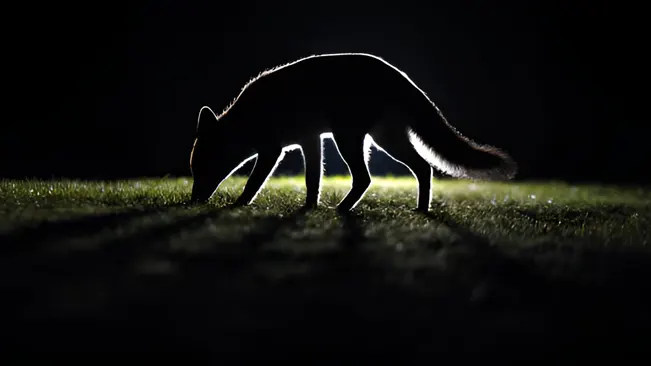
Table of Content
- Sensory Adaptations
- Behavioral Adaptations
- Physiological Adaptations
- Insectivores
- Predation
- Pollinators
- Seed Dispersers
Evolutionary Adaptations
Sensory Adaptations
Have developed remarkable sensory adaptations to thrive in low-light conditions. Vision in these animals is enhanced by a higher proportion of rod cells in the retina, which are more sensitive to light than cone cells. Species such as owls and bats exemplify this adaptation, with their eyes specifically evolving to maximize light capture. Additionally, many nocturnal animals possess a tapetum lucidum, a reflective layer behind the retina that increases light availability to photoreceptors, significantly improving night vision.
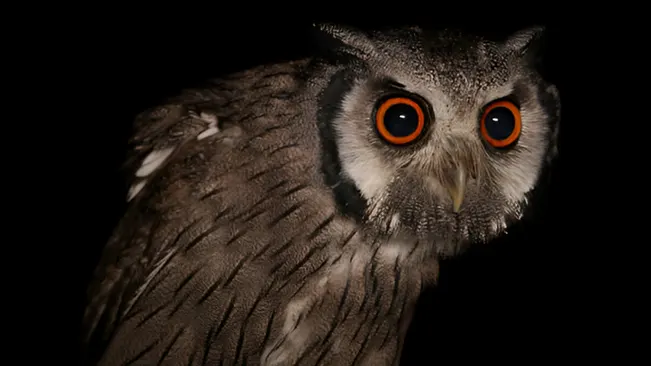
In terms of hearing, bats utilize echolocation, emitting high-frequency sounds that bounce off objects and return as echoes, providing detailed information about the location, size, and texture of prey and obstacles. Owls, too, have highly sensitive auditory systems that allow them to detect the faintest sounds, crucial for hunting in the dark. Olfaction is another critical adaptation, particularly for nocturnal rodents and carnivores.
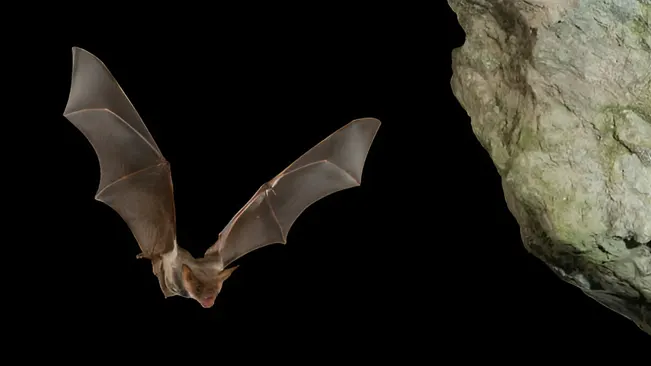
These animals often have an exceptionally developed sense of smell, facilitated by a large number of olfactory receptors and an enhanced olfactory bulb in the brain, enabling them to locate food and detect predators or rivals with precision. These sensory adaptations collectively ensure that nocturnal animals can effectively navigate, hunt, and survive in their nighttime environments.
Behavioral Adaptations of Nocturnal Wildlife
Nocturnal animals exhibit a range of behavioral adaptations that enhance their survival in the dark. One key adaptation is their activity patterns, with many species displaying crepuscular behavior, meaning they are most active at dawn and dusk. This timing allows them to avoid the peak activity periods of diurnal predators and competitors, thereby reducing the risk of predation and competition for resources. For example, numerous desert animals are nocturnal, leveraging the cooler nighttime temperatures to conserve water and energy while avoiding the extreme heat of the day. Another critical behavioral adaptation is the use of camouflage and cryptic behavior.
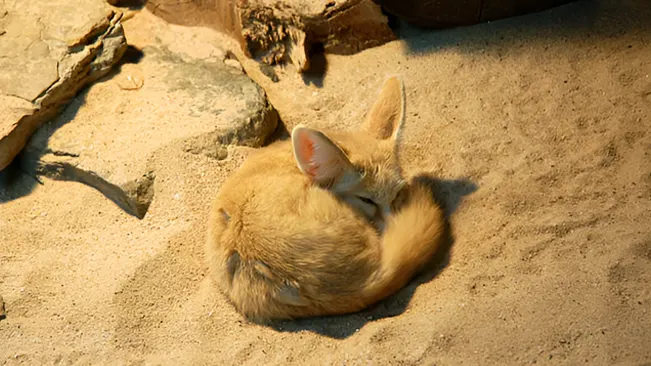
Nocturnal species often possess muted colors and patterns that help them blend seamlessly into their nighttime environments, making them less visible to both predators and prey. Moths, for instance, typically have dull, earthy tones that provide effective camouflage against the bark of trees or the ground, reducing the likelihood of detection. These behavioral strategies are vital for the survival of nocturnal animals, enabling them to efficiently navigate, forage, and avoid threats in their nighttime habitats.
Physiological Adaptations in Nocturnal Wildlife
Nocturnal animals have evolved specialized physiological mechanisms to regulate their body temperature, allowing them to thrive in the cooler temperatures characteristic of nighttime. These adaptations are crucial for maintaining metabolic functions and ensuring survival in varying environmental conditions. For instance, nocturnal reptiles, such as certain species of lizards and snakes, can finely tune their body temperature through behavioral thermoregulation.
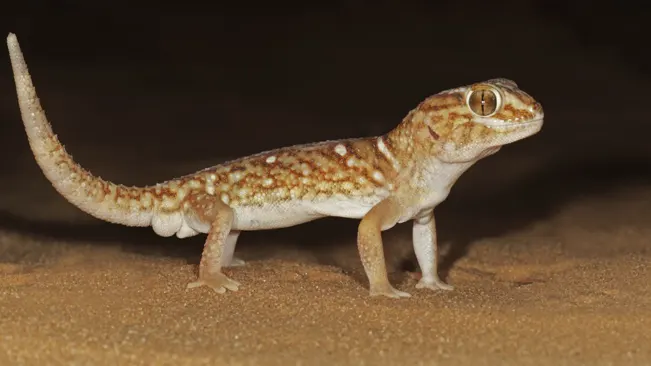
They achieve this by altering their activity levels and selecting specific microhabitats that provide optimal thermal conditions. During the cooler night, these reptiles may seek out warm microhabitats, such as rocks that retain heat from the day, to maintain their body temperature. Conversely, they might reduce their activity during colder periods to conserve energy. Additionally, some nocturnal mammals have developed physiological adaptations like increased fur density or subcutaneous fat layers to insulate against the cold.
These adaptations help them maintain a stable core temperature despite the fluctuations in ambient temperature. Overall, the ability to regulate body temperature through such physiological and behavioral strategies is vital for nocturnal animals, ensuring their survival and functionality in their unique ecological niches.
Predators and prey
Insectivores
Many nocturnal animals, like bats and nightjars, play a crucial role in controlling insect populations, which is vital for maintaining ecosystem balance and preventing pest outbreaks. Bats, for example, can consume thousands of insects in a single night, significantly reducing the number of pests that can damage crops and spread disease, thereby supporting agricultural productivity and human health.
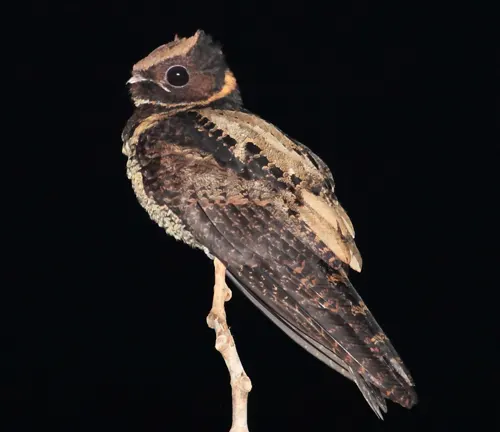
Predation
Nocturnal predators, such as owls and large cats, play a key role in managing populations of smaller animals like rodents and insects. Their predation exerts pressure that can significantly influence the behavior and population dynamics of their prey. This regulation helps maintain ecological balance by controlling prey numbers, reducing overgrazing, and preventing the spread of disease, ultimately contributing to the health and stability of ecosystems.
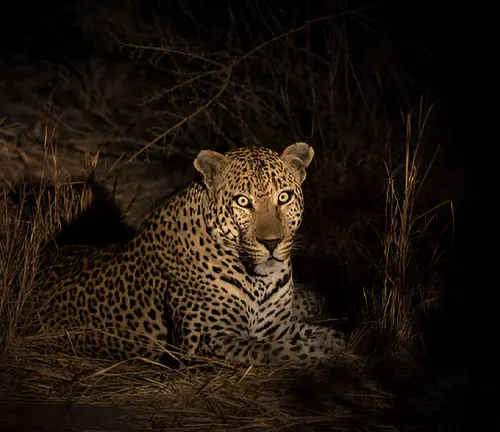
Speed Dispersal and Pollination
Pollinators
Nocturnal species like moths and bats are vital pollinators for night-blooming plants, essential for the reproduction of these species. This nocturnal pollination ensures genetic diversity and plant survival. For instance, the yucca plant depends entirely on the yucca moth for pollination, highlighting the specialized and critical role nocturnal pollinators play in maintaining ecosystem biodiversity and supporting the life cycles of specific flora.
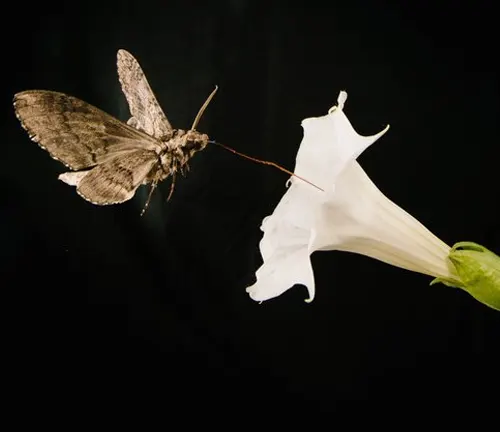
Seed Dispersers
Nocturnal animals such as certain rodents and fruit bats are crucial for the seed dispersal of plants dependent on nighttime agents. By transporting and burying seeds, these animals facilitate forest regeneration and enhance plant diversity. This process ensures the propagation of various plant species, supports ecosystem resilience, and maintains the health and complexity of forest habitats, illustrating the integral role of nocturnal seed dispersers.
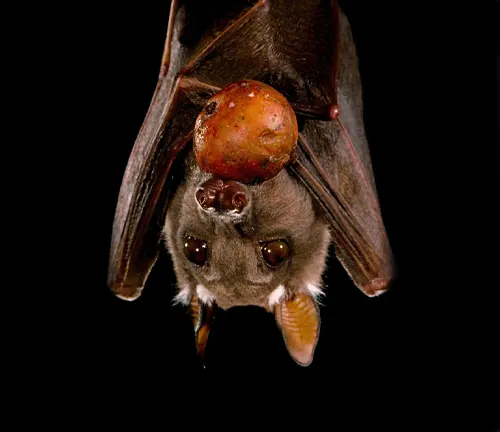
Conservation Challenges
- Habitat Loss
Urbanization, deforestation, and agricultural expansion can lead to the loss of critical nocturnal habitats, disrupting feeding, breeding, and sheltering needs. For instance, the destruction of caves and old-growth forests can significantly impact bat populations. - Light Pollution
Artificial lighting disrupts the natural behavior of nocturnal animals, affecting their navigation, predation, and mating patterns. Light pollution can lead to disorientation and reduced survival rates. For example, sea turtle hatchlings can become disoriented by artificial lights and fail to reach the ocean. - Climate Change
Shifts in climate can alter the availability of resources and habitats, affecting the survival of nocturnal species. Changes in temperature and weather patterns can impact their behavior and reproductive success. For example, altered precipitation patterns can affect the availability of insect prey for bats. - Human-Wildlife Conflict
Encroachment and human activities can lead to direct conflicts with nocturnal wildlife. For instance, roads can pose hazards to animals like owls and bats, while agricultural practices may reduce food availability. Additionally, nocturnal animals are often persecuted due to misconceptions and fear.
Research and Conservation Efforts
- Monitoring and Research
Advances in technology, such as infrared cameras, GPS tracking, and acoustic monitoring devices, are enhancing our understanding of nocturnal wildlife behavior and distribution. This data is crucial for developing effective conservation strategies. For example, tracking the movements of large nocturnal predators like leopards can inform habitat protection efforts. - Habitat Protection and Restoration
Protecting and restoring natural habitats, along with creating wildlife corridors, can help mitigate the impacts of habitat loss and fragmentation. Establishing protected areas and promoting sustainable land use practices are essential for conserving nocturnal species. - Mitigating Light Pollution
Implementing measures to reduce light pollution, such as using shielded lighting, adopting “dark sky” initiatives, and designing nighttime-friendly urban environments, can help preserve the natural behaviors of nocturnal wildlife. Communities can also engage in awareness campaigns to promote the importance of reducing light pollution. - Public Awareness and Education
Raising awareness about the importance of nocturnal wildlife and the impacts of human activities can foster support for conservation initiatives and promote coexistence. Educational programs can dispel myths and highlight the ecological roles of nocturnal species.
Conclusion
Nocturnal wildlife offers a window into the complexity of life adapted to darkness. By studying their unique adaptations, ecological roles, and the challenges they face, we gain valuable insights into the intricacies of nocturnal ecosystems and the importance of preserving these often-overlooked members of the animal kingdom. Through continued research and conservation efforts, we can ensure that these enigmatic creatures continue to thrive in their natural habitats.
Related Post:
Frequently Asked Questions (FAQs)
- What defines an animal as nocturnal?
Nocturnal animals are those that are primarily active during the night and rest during the day. They have evolved various adaptations to thrive in low-light conditions. - Why do some animals become nocturnal?
Animals become nocturnal to avoid daytime predators, reduce competition for food, and exploit cooler nighttime temperatures, especially in hot environments like deserts. - What are some common examples of nocturnal animals?
Common nocturnal animals include owls, bats, hedgehogs, moths, raccoons, and certain species of rodents and big cats. - How do nocturnal animals see in the dark?
Nocturnal animals have enhanced vision with more rod cells in their retinas, and many have a reflective layer called the tapetum lucidum that increases light availability to photoreceptors. - What role do nocturnal animals play in ecosystems?
Nocturnal animals are vital for controlling insect populations, pollinating night-blooming plants, dispersing seeds, and managing populations of smaller animals through predation. - How do nocturnal animals find their way and hunt in the dark?
Many nocturnal animals use echolocation, highly sensitive hearing, and an acute sense of smell to navigate and hunt in the dark. Bats, for instance, use echolocation to locate prey. - What are the main threats to nocturnal wildlife?
The main threats include habitat loss, light pollution, climate change, and human-wildlife conflicts. Light pollution, in particular, disrupts natural behaviors and navigation. - Can nocturnal animals adapt to urban environments?
Some nocturnal animals can adapt to urban environments by exploiting new food sources and habitats, but they often face increased risks from vehicles, artificial lighting, and human activities. - How can we help conserve nocturnal wildlife?
Conservation efforts include protecting natural habitats, reducing light pollution, creating wildlife corridors, and raising public awareness about the importance of nocturnal species. - What is the significance of nocturnal pollinators?
Nocturnal pollinators like moths and bats are essential for the reproduction of night-blooming plants. These interactions support plant diversity and ecosystem health, with specific plants relying entirely on nocturnal pollinators for survival.

Evan Bennett
Forestry AuthorEvan Bennett brings over a decade of expertise in forestry wildlife management to the forefront, specializing in habitat conservation, biodiversity, and human-wildlife interaction. Evan's work ensures harmonious coexistence between wildlife and human communities through effective and sustainable practices. Continuously engaging in research and workshops, Evan stays at the cutting edge of wildlife management advancements. As a trusted advisor and contributor to leading environmental journals, Evan is dedicated to preserving the natural world for future generations.










Leave your comment